As a fellow dog lover, I know how heartbreaking it can be to hear negative things about any breed. We all want to believe our furry friends are perfect, regardless of their size, shape, or background. However, after spending years working with veterinary professionals and witnessing countless health crises, behavioral challenges, and emotional heartbreak from well-meaning families, I’ve learned that some hard truths need to be shared. The reality is that certain breeds face such overwhelming health and behavioral challenges that even the most dedicated veterinary professionals advise against ownership. This isn’t about blame or shame – it’s about making informed decisions that prioritize both your wellbeing and your future companion’s quality of life.
French Bulldogs – The Breathing Crisis
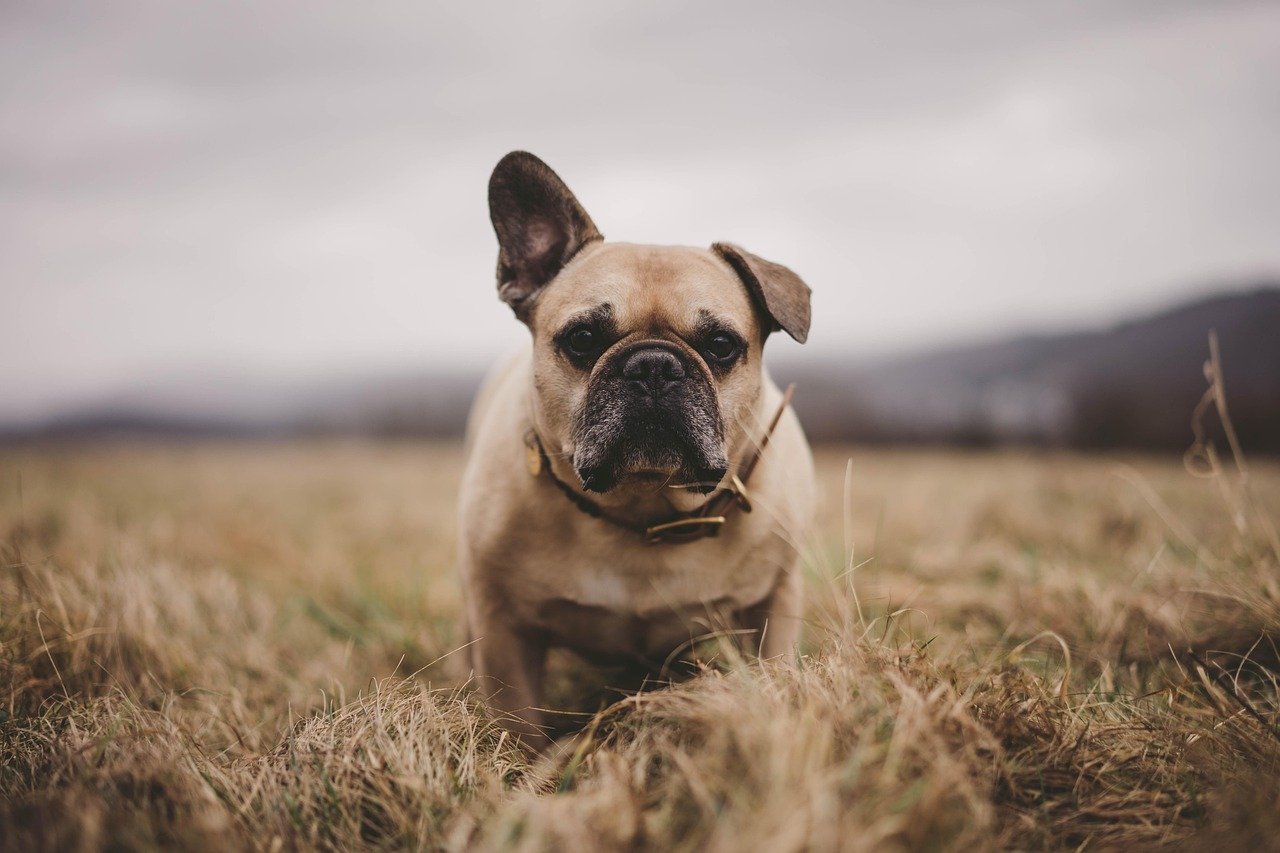
French Bulldogs are medically complicated and extremely expensive to care for as a result, making them easily the most overrated dog breed. These adorable “Frenchies” have captured hearts worldwide with their bat-like ears and playful personalities, but behind that cute exterior lies a medical nightmare that breaks both hearts and bank accounts.
The risk of brachycephalic dogs submitting a claim for any breathing problem, including brachycephalic obstructive airway syndrome (BOAS), was almost three times higher than for non-brachycephalic dogs. French Bulldogs have significantly higher rates of BOAS claims compared to other breeds. Imagine trying to breathe through a cocktail straw for your entire life – that’s the reality for these dogs. The fact that over half of them have to have a cesarean to give birth is enough of an ethical issue for many veterinarians to never want to recommend one.
English Bulldogs – The Walking Medical Emergency
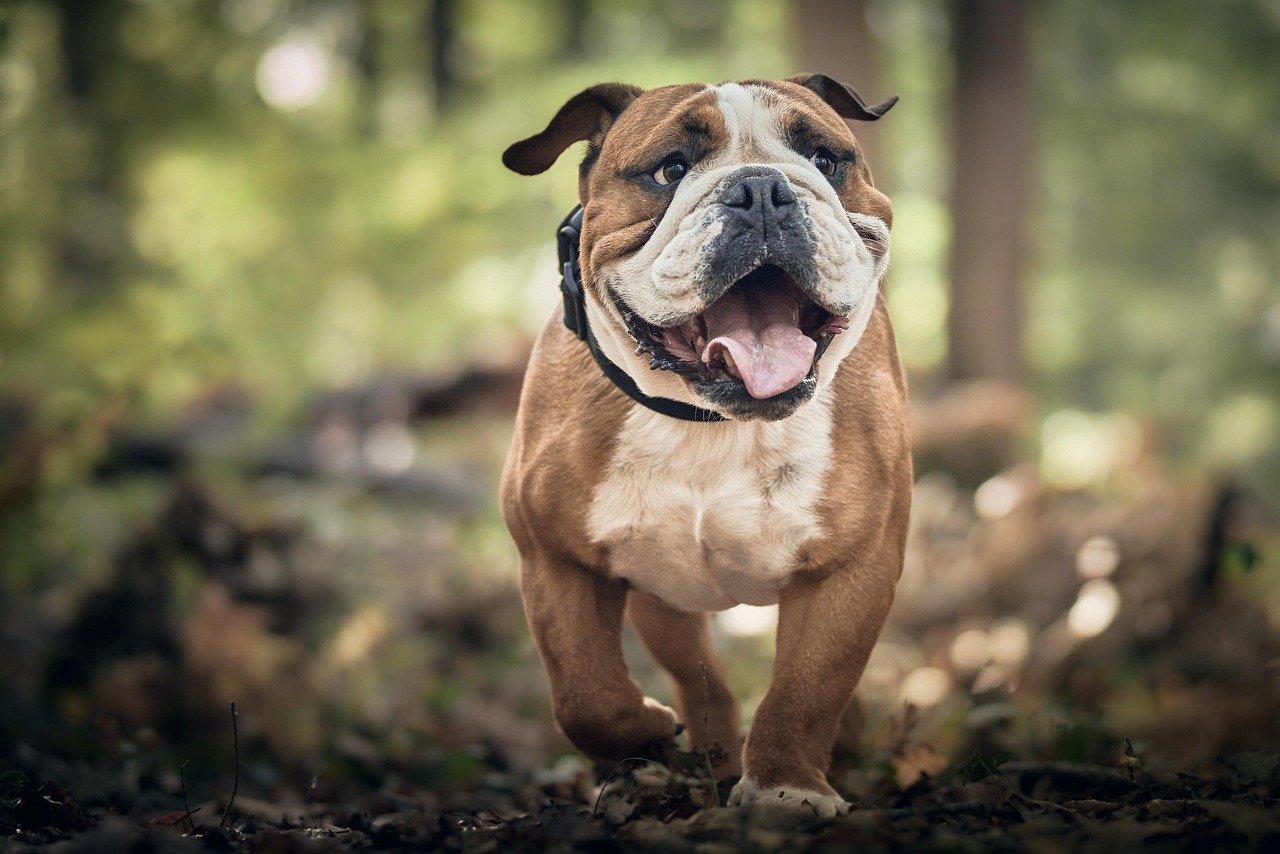
English Bulldogs have substantially higher rates of BOAS claims compared to other breeds. These wrinkled companions might look like gentle giants, but their extreme body structure creates a cascade of health problems that would make any veterinarian’s stomach turn. Their flat faces aren’t just cosmetic features – they’re architectural disasters that affect every aspect of their daily life.
Due to their short muzzle, Bulldogs are prone to respiratory problems that affect daily activity. Bulldogs often form strong emotional bonds and dislike being left alone for long hours. The cruel irony is that these dogs who desperately want to please their families can’t even breathe comfortably enough to enjoy simple activities like a walk around the block. Their separation anxiety compounds their breathing issues, creating a perfect storm of physical and emotional distress.
Pugs – The Seizure and Suffering Specialists
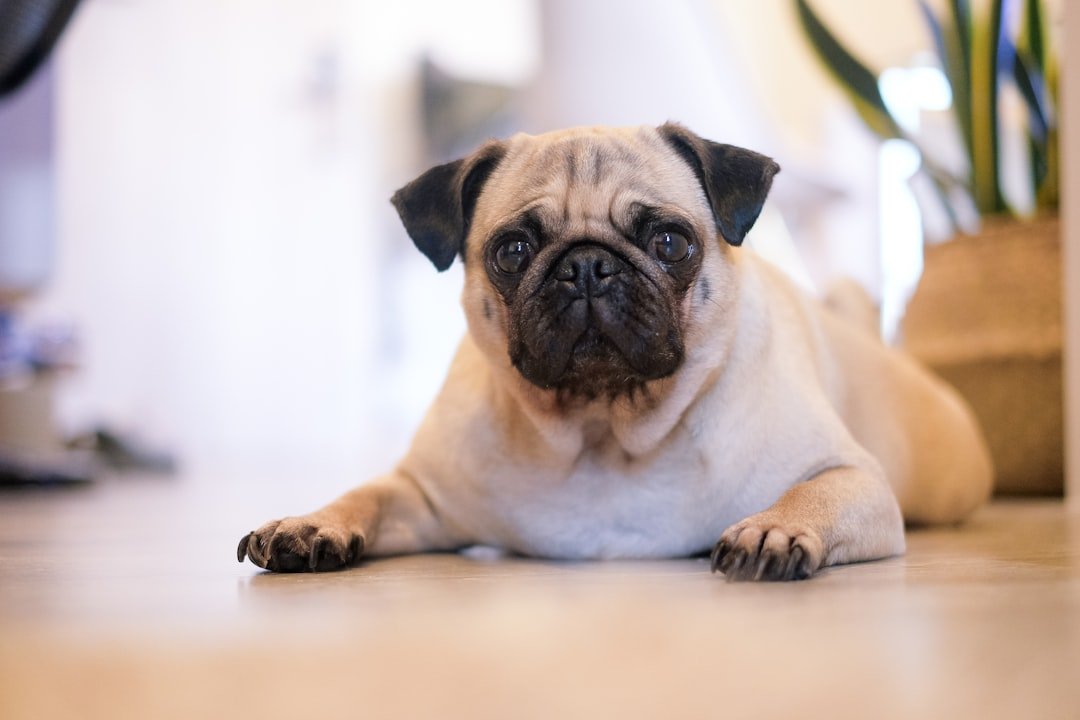
Like French Bulldogs, Pugs have a ton of health problems. Being brachycephalic, Pugs often have breathing problems that can be physically uncomfortable and distressing, and potentially life-threatening. These wrinkled comedians might make us laugh with their silly expressions, but veterinarians see them as walking medical emergencies waiting to happen.
Pugs have significantly higher rates of BOAS claims compared to other breeds. Dogs with tightly curled tails run the risk of developing back problems thanks to this extreme look. That adorable corkscrew tail isn’t just a cute feature – it’s a spinal disaster that can lead to chronic pain and mobility issues. Many Pug owners don’t realize they’re watching their beloved companion struggle with multiple health conditions simultaneously.
Micro Bullies – The Designer Dog Disaster
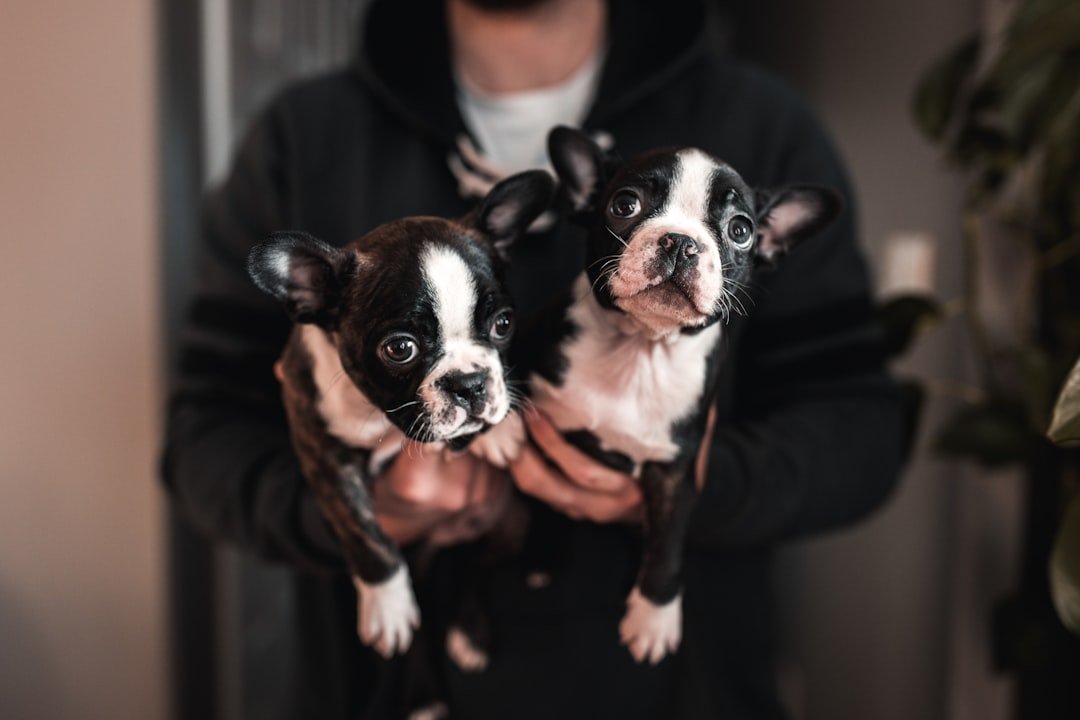
Few Micro Bullies survive beyond a few years of life and are often physically extremely uncomfortable for their short lives. Bred purely for looks and without concern for health or neurological development, the vast majority of Micro Bullies are very sick or struggling with developmental issues. These trendy “designer dogs” represent the worst of social media culture applied to animal breeding – creating living beings purely for likes and views.
Many have severe birth defects, and may even need physical assistance to do simple tasks like walking. Imagine spending thousands of dollars on a puppy only to discover they can’t walk properly or need constant medical intervention just to survive. These aren’t pets – they’re medical experiments gone horribly wrong, and veterinarians are tired of watching them suffer.
Cavalier King Charles Spaniels – The Heartbreak Breed
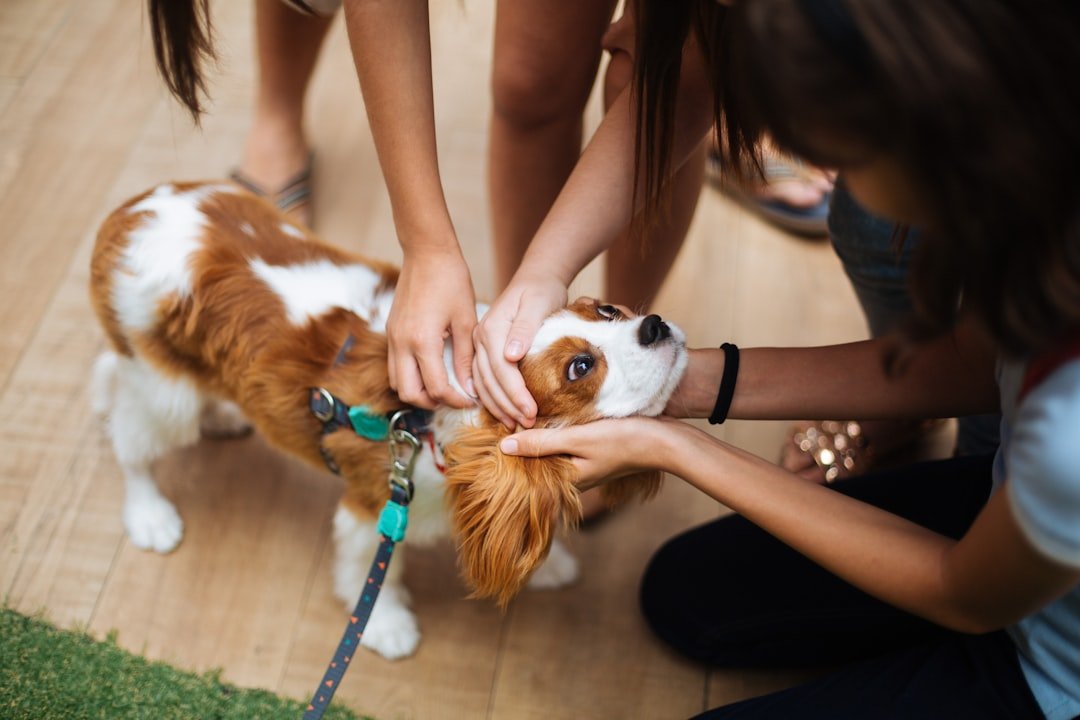
That sweet, soft face and super-gentle personality are irresistible, so it’s easy to see why so many people love this breed. The reason veterinarians think Cavaliers are overrated has nothing to do with their behavior or personalities. These angels with floppy ears seem perfect on paper – gentle, loving, and beautiful – but their genetics tell a different story entirely.
The cruel reality is that these dogs are ticking time bombs for serious neurological conditions. Their skulls are often too small for their brains, leading to a painful condition that can cause constant headaches and seizures. Watching a Cavalier suffer from these genetic conditions is particularly heartbreaking because of their sweet, trusting nature – they don’t understand why they’re in pain.
Chow Chows – The Unpredictable Guardians
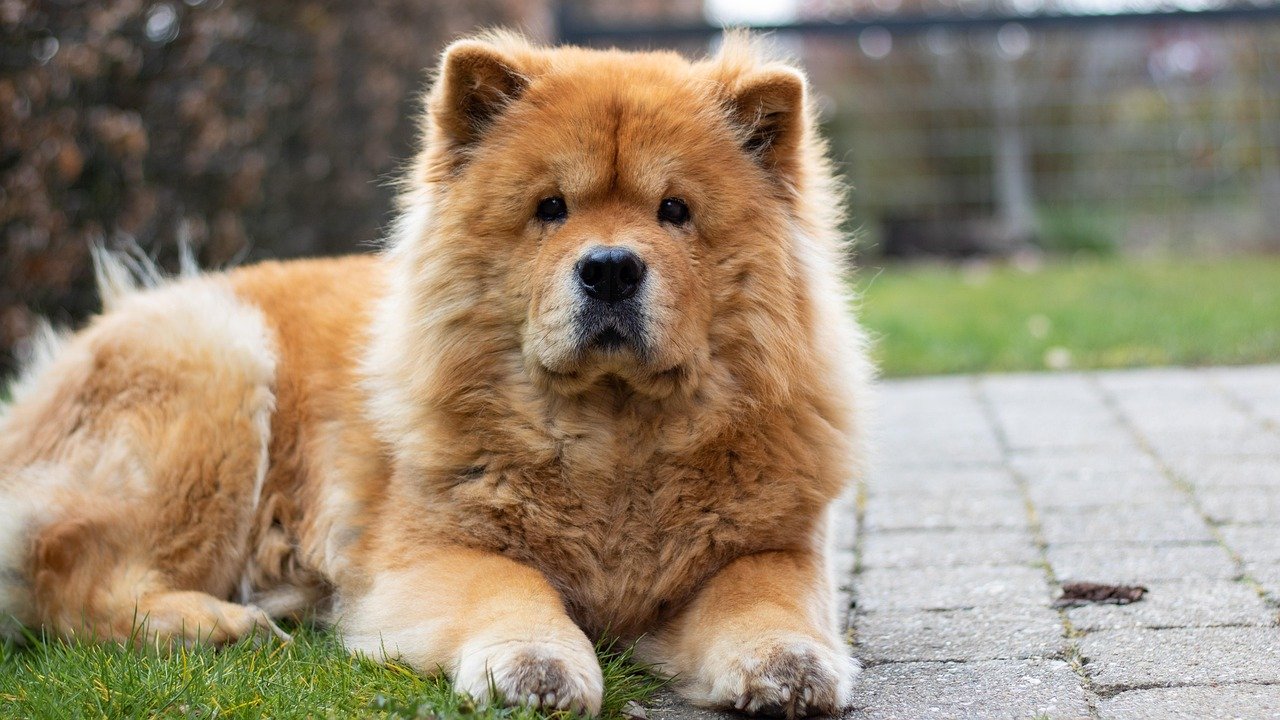
While the Chow Chow resembles a cuddly and big teddy bear, it can display aggressive tendencies that have been documented in bite incident reports over the years. That fluffy, lion-like appearance masks a temperament that can turn dangerous without warning, making them unsuitable for most families.
Originally bred as guard dogs in China, Chow Chows carry strong protective instincts. This protective streak can turn into problematic behavior if not managed early with socialization. Chow Chows are prone to certain conditions, including hip dysplasia and eye problems. Their combination of unpredictable aggression and significant health issues makes them a double challenge that overwhelms even experienced dog owners.
German Shepherds – The Anxiety-Ridden Warriors
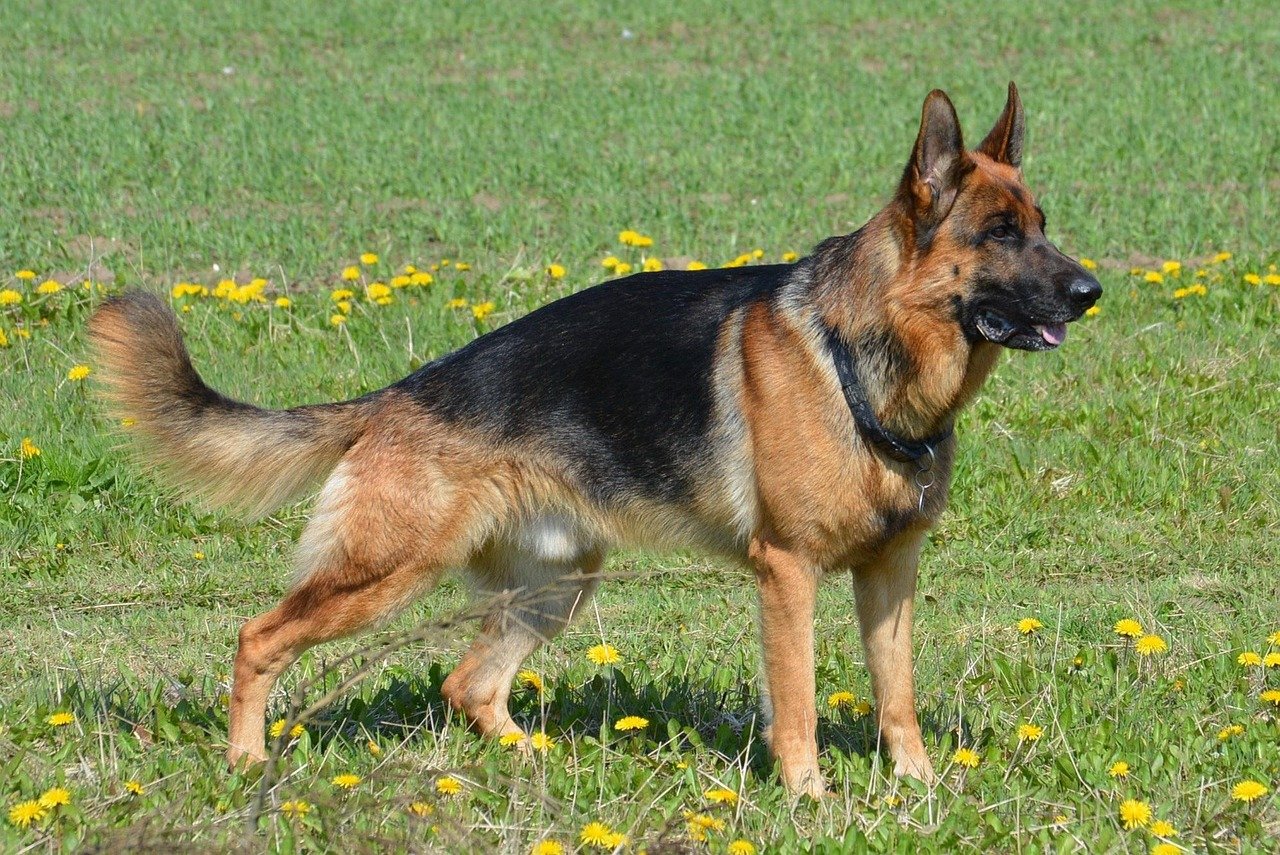
German shepherds are often very protective of their owners. In their experience, when in the unfamiliar surroundings of a veterinary practice, they can become aggressive and reactive. These intelligent working dogs have been bred for protection and service, but modern breeding practices have created anxious, reactive animals that struggle in everyday situations.
They are predisposed to several conditions including hip and elbow dysplasia. Beyond their behavioral challenges, German Shepherds face a litany of genetic health problems that can cripple them physically and financially devastate their families. Their size means that when health problems strike, the medical bills are equally large, and their protective instincts make veterinary treatment increasingly difficult and dangerous.
Bernese Mountain Dogs – The Cancer Magnet
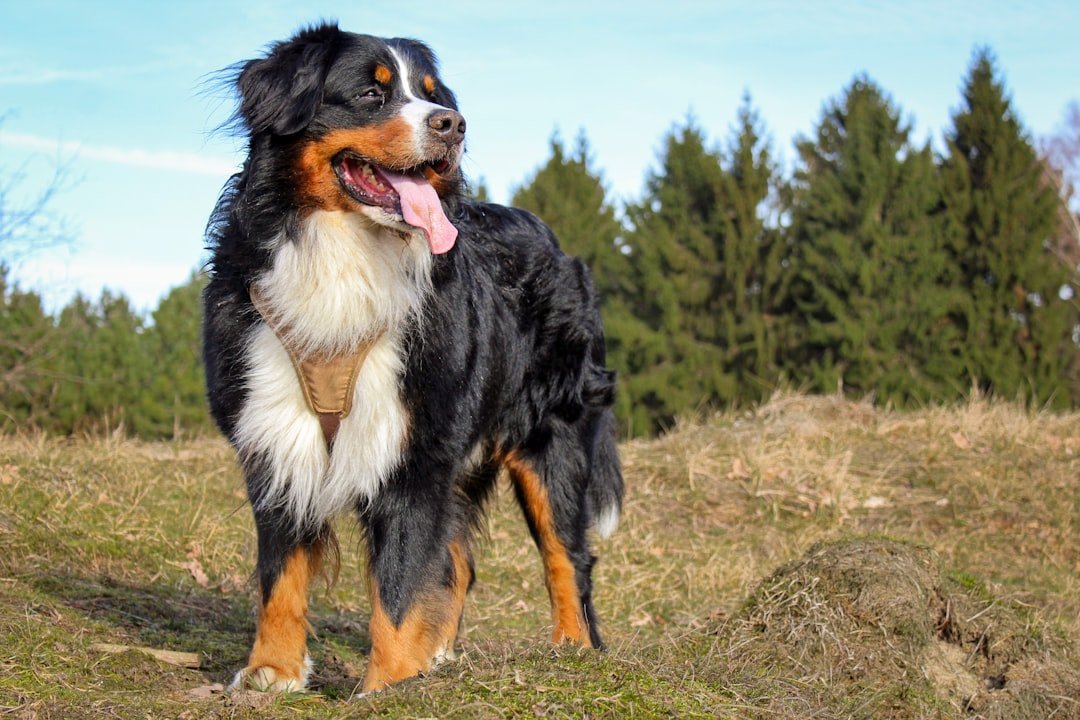
Veterinarians brand Bernese Mountain Dogs as “heartbreak dog breeds.” While they are adorable and make great family dogs, they carry a horribly high risk of cancer. A type of cancer that is rare in other breeds kills one in seven Bernese Mountain Dogs. These gentle giants steal hearts instantly with their tri-colored coats and sweet temperaments, but their genetic makeup is essentially a cancer factory.
Veterinarians admit they had been “scarred” by seeing too many of them die this way. Imagine falling in love with a puppy, spending years building an incredible bond, only to watch them succumb to cancer in their prime. The emotional and financial toll of losing multiple Bernese Mountain Dogs to cancer has left many veterinary professionals recommending against this breed entirely, despite their wonderful personalities.
Dalmatians – The Hyperactive Health Hazards
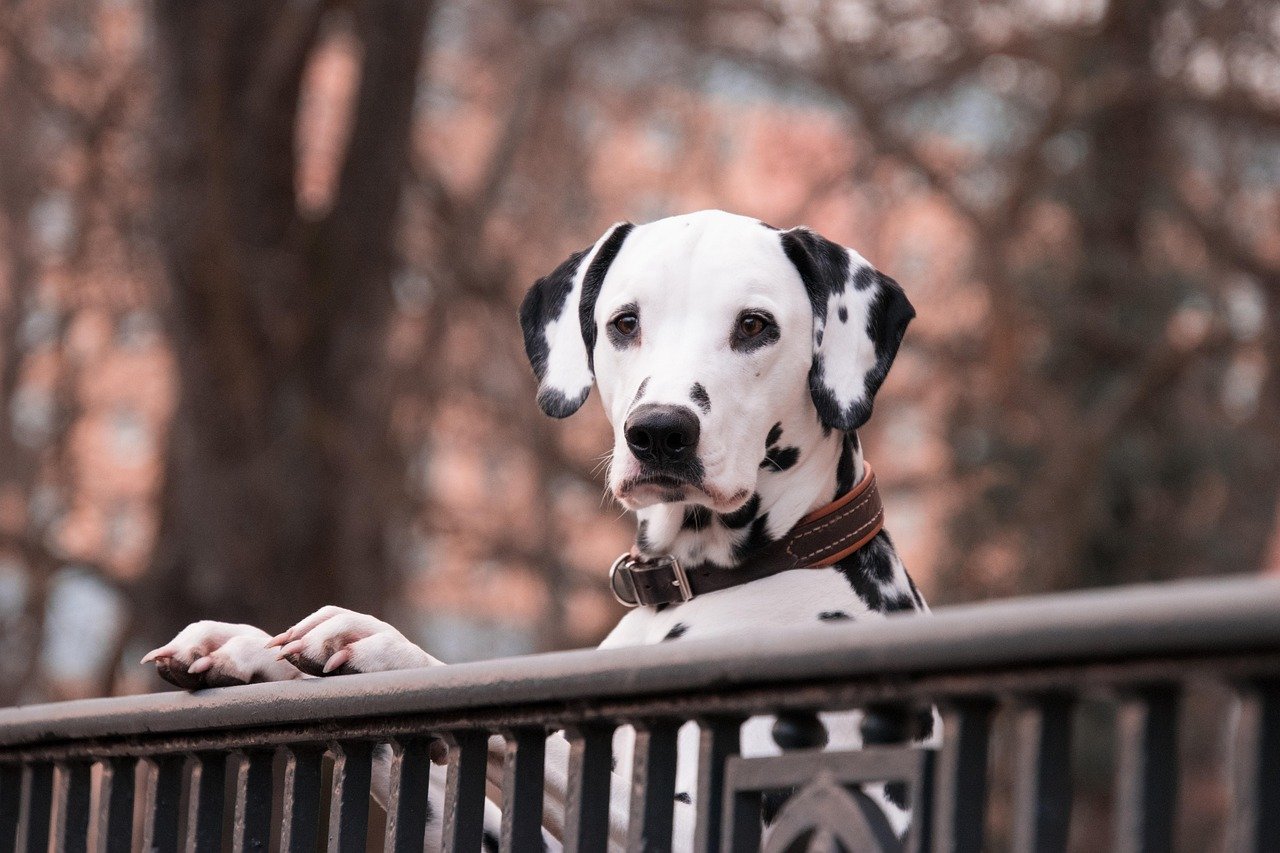
Dalmatians require a lot of exercise and mental stimulation. Without proper activity, they can become restless and may display destructive behaviors. Training a Dalmatian can be challenging. These spotted beauties might look like living cartoon characters, but their reality is far more complex and demanding than most families anticipate.
Dalmatians are prone to certain health issues, including deafness. One of the most common issues is bladder stones, which can develop due to a genetic tendency to process uric acid differently. Deafness is also relatively common in Dalmatians, with some dogs being born completely or partially deaf. Their unique metabolism creates urinary problems that require special diets and constant monitoring, while their high energy levels demand hours of daily exercise that most families simply cannot provide.
Akitas – The Beautiful But Dangerous Loners
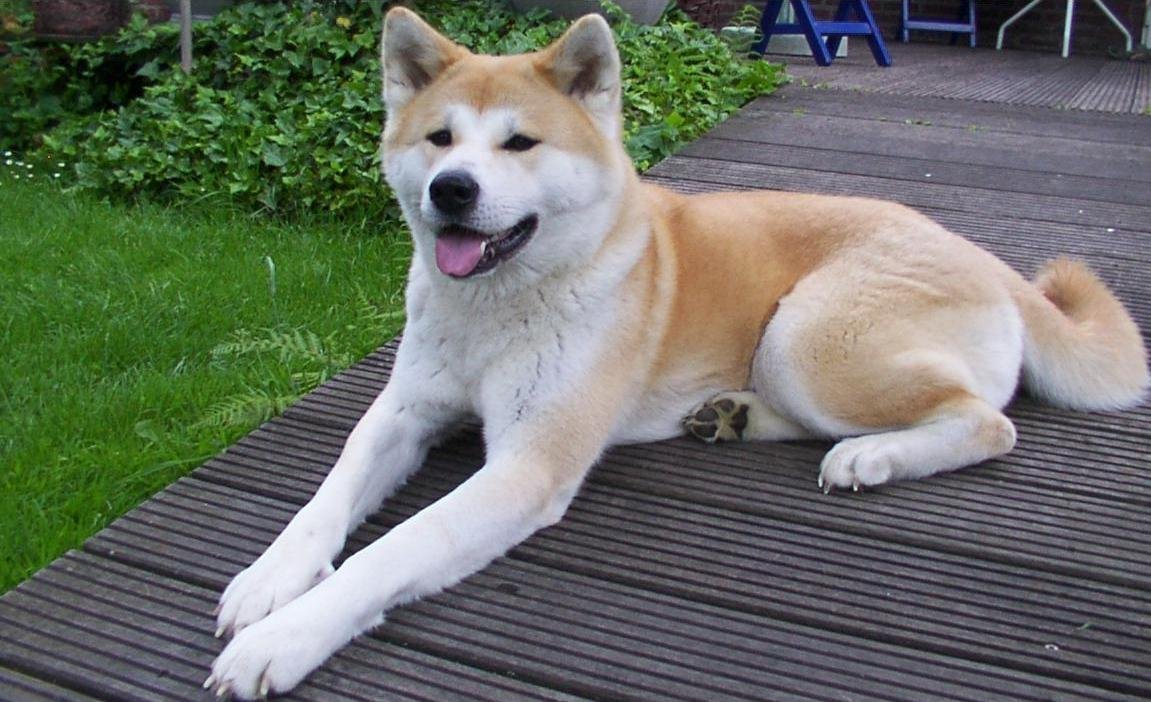
Akitas are known for their strong guarding instincts. While this can make them good protectors, it may result in aggression toward strangers if not properly socialized. These majestic Japanese dogs embody loyalty and strength, but their independent nature and protective instincts create a dangerous combination for inexperienced owners.
Akitas have been documented as having higher bite incident rates in some studies. Akitas have a high prey drive. This breed has a strong instinct to chase and catch smaller animals, which can make them unpredictable around other pets or even children. Their size, strength, and unpredictable nature make them unsuitable for most households, especially those with children or other pets. Even experienced dog handlers struggle with their complex temperament and training requirements.
Conclusion
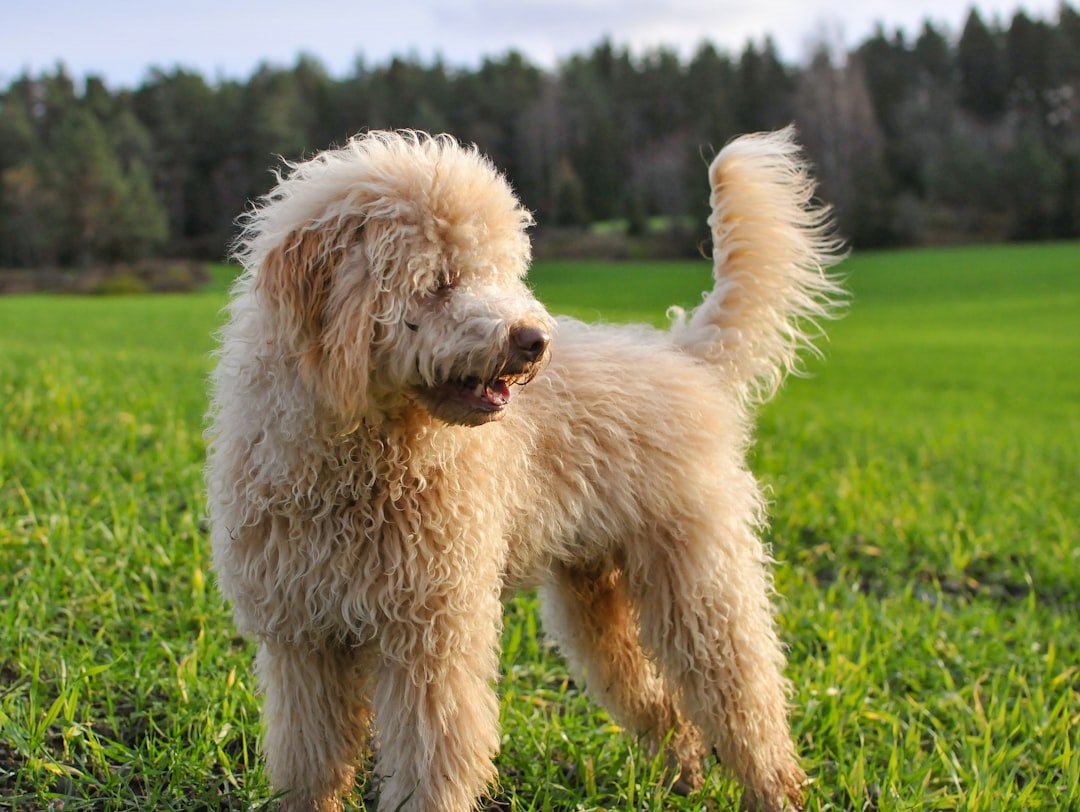
The hardest part about writing this isn’t sharing the statistics or health concerns – it’s knowing that behind every breed mentioned here are wonderful individual dogs who deserve love and proper care. The real tragedy isn’t that these breeds exist, but that irresponsible breeding practices and unrealistic expectations have created situations where both dogs and families suffer unnecessarily.
The frequency of health issues seen in certain dog breeds, particularly brachycephalic breeds like French bulldogs and pugs, is a serious welfare problem. There is definitely a sort of disconnect between what veterinarians see as breeds they would personally want to own, and the breeds the general public are buying. As someone who truly loves dogs, I believe the kindest thing we can do is make informed decisions that prioritize health, temperament, and realistic care requirements over Instagram-worthy appearances.
Before you welcome any dog into your home, please research thoroughly, find responsible breeders who prioritize health over appearance, and honestly assess whether you can provide the specialized care these breeds require. Sometimes the most loving choice is choosing a healthier, more suitable companion who will thrive in your specific situation. What matters most – having a breed that looks perfect in photos, or having a healthy, happy companion who can actually enjoy life alongside you?






